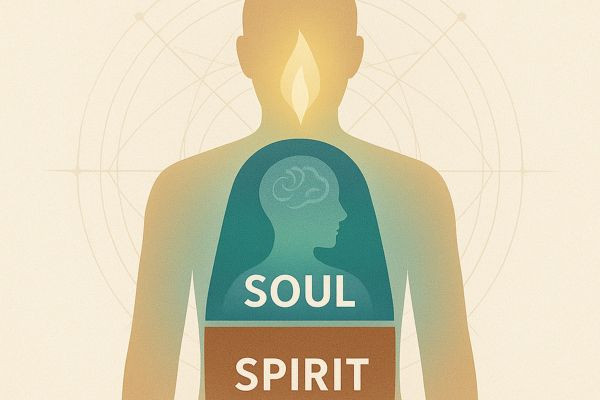1. Introduction


The apostle Paul writes:
“And the very God of peace Himself sanctify you wholly; and may your whole spirit and soul and body be preserved blameless…” (1 Thessalonians 5:23) (KNCB™)
This article will unpack each of the three components, how they differ and relate, and why the distinction matters for life, faith, and health.
Body, Soul, Spirit SIMPLY Explained (How You Interact with the Spiritual Realm)
2. The Three Components: What They Are
2.1 The Body




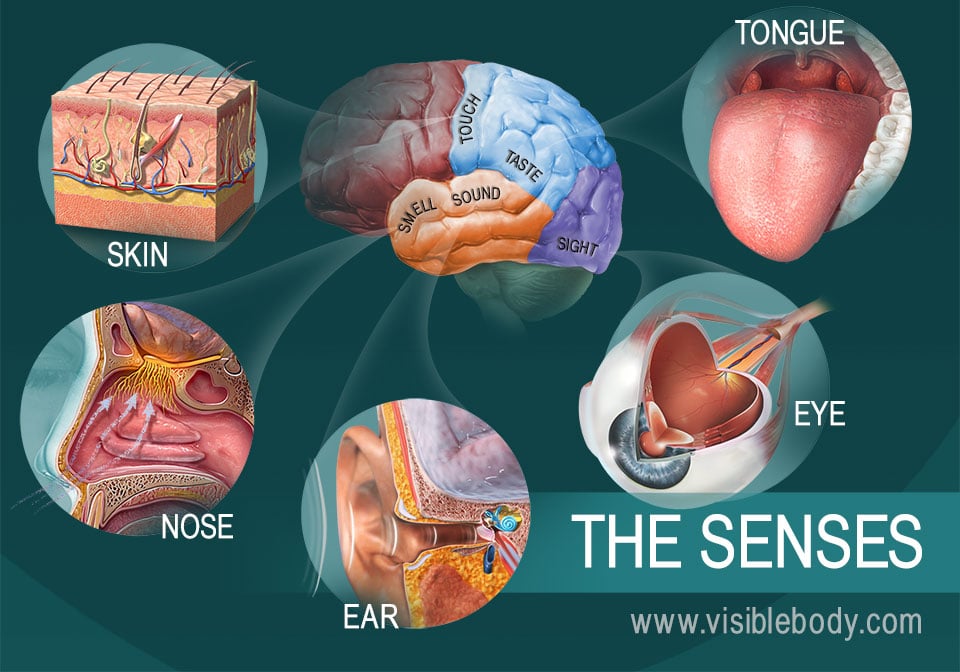
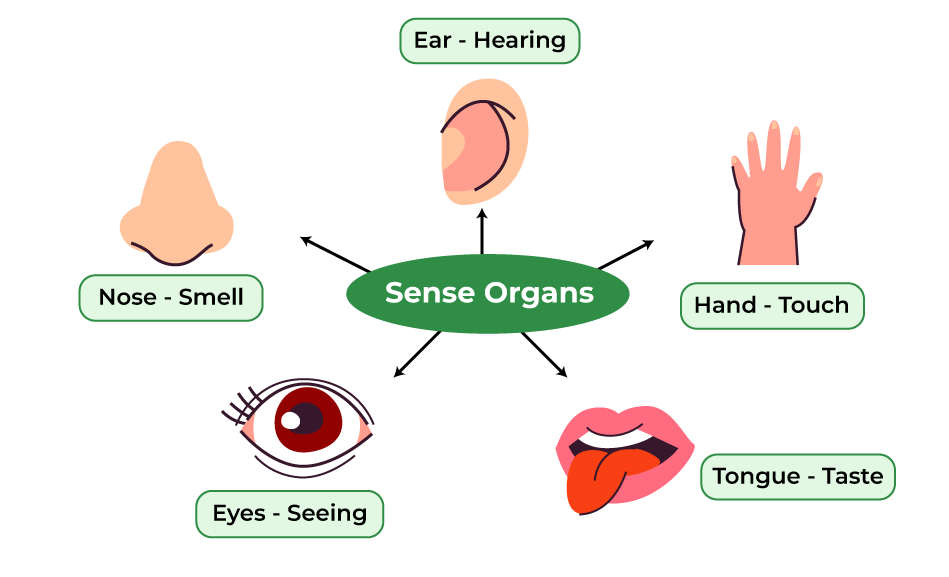
The body is the tangible, physical part of a human being — the “earth suit” through which we engage with the material world. The body has senses, organs, and is subject to physical laws: it grows, feels pain, ages, and eventually dies.
In the Bible, the body is formed “of the dust of the ground.” (bibleofgod.org) It is the vessel that houses the other components (soul and spirit), and it is how we experience and act in the world.
Because it's physical, most science and medicine focus here: nutrition, exercise, health, disease, anatomy.
2.2 The Soul

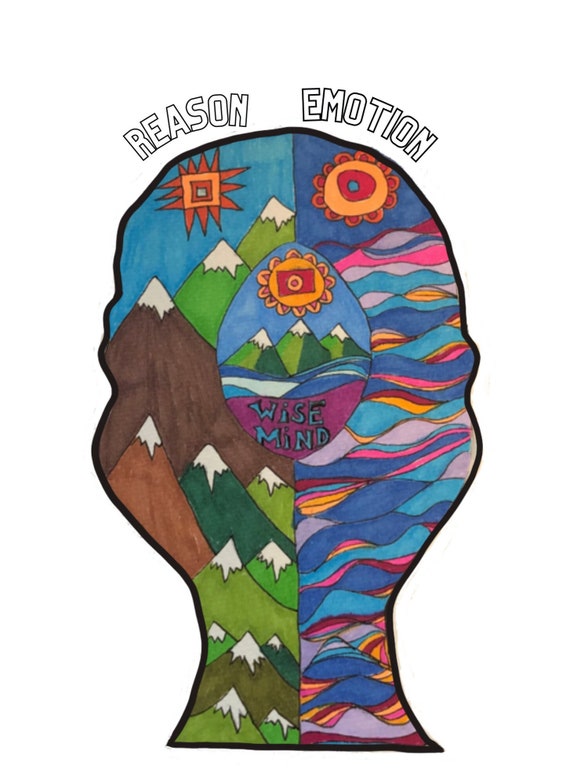
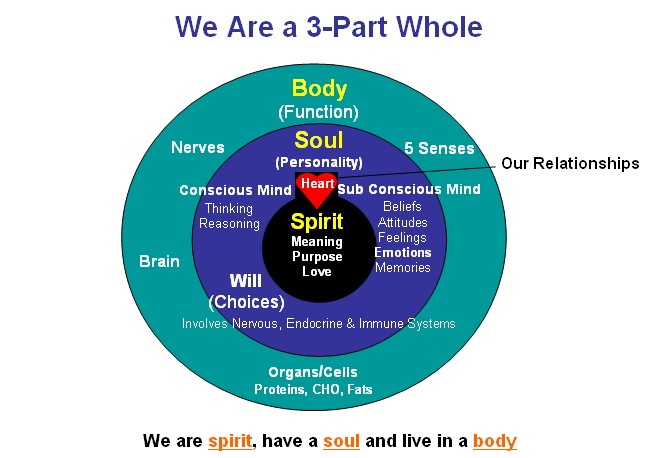



The soul refers to the inner life of the person — our mind (thinking), will (deciding), emotions (feeling), and personality (who we are). It’s the “you” that thinks, feels, remembers, hopes, dreams, chooses.
From theological sources: the soul is what gives life to the body when God breathed into Adam in Genesis 2:7. (bibleofgod.org) It is distinct from the body because it is non-physical in some sense (the mind, will, emotions are not strictly body organs). And it is distinct from the spirit because the spirit is oriented toward God and the transcendent, while the soul is more about self-identity and relational/emotional life. (Supernatural Truth)
If the body is the “hardware” and the spirit the “connection to God,” the soul might be likened to the “software” of personality and consciousness.
2.3 The Spirit



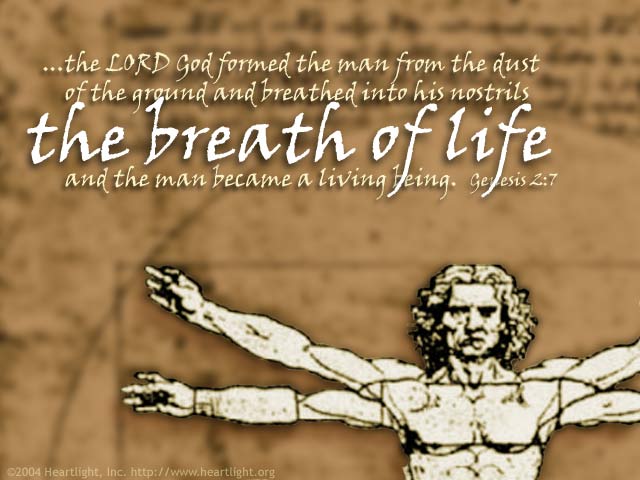
The spirit is the deepest, most intimate part of who we are in many Christian frameworks. It is the dimension that connects us to God (or the transcendent), enabling worship, communion, insight, and eternal life. For instance:
“For the word of God is living and active … piercing even to the division of soul and spirit…” (Hebrews 4:12) (KNCB™)
The spirit isn’t simply another word for soul — in many teachings, they are distinct. The spirit may be described as the organ of God-consciousness; the soul is the organ of self-consciousness. (Bibles for America Blog)
When someone is born spiritually (in Christian belief), it is the spirit that is “made alive” (while the body remains, and the soul is being renewed). (focusonlearninggodsway.blogspot.com)
3. How the Three Relate & Interact




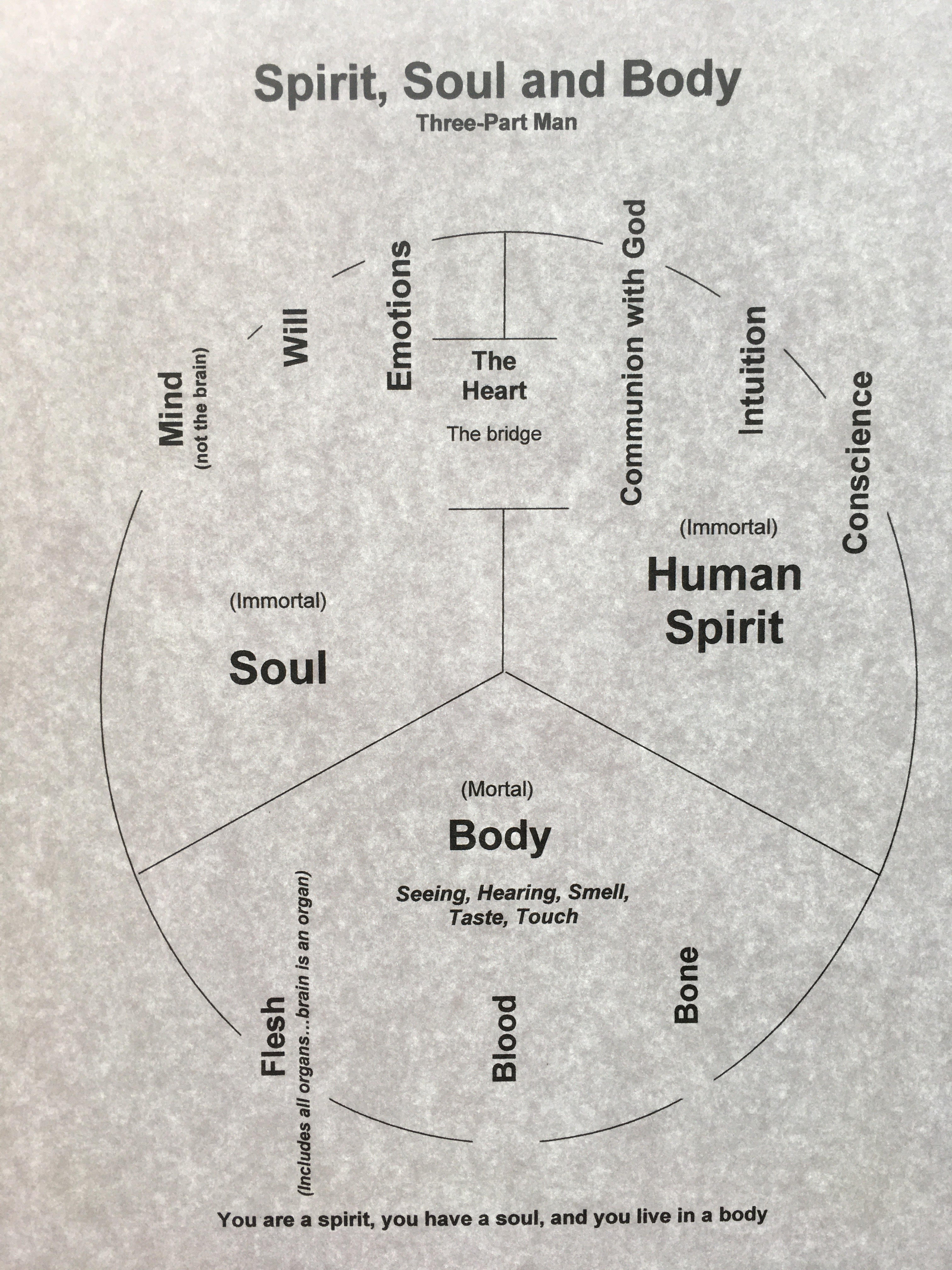
Here are key relationships and implications:
The body houses the soul and spirit. It is the surface through which the other parts function.
The soul bridges body and spirit: it functions in the realm of emotions, will, thinking (which arise through the body) and also in the realm of spiritual values and decisions (which relate to spirit).
The spirit is inward and upward — oriented toward God. When the spirit is alive and active, it influences the soul (thoughts, emotions, wills) and the body (actions, habits, health).
Conversely, when the body or soul dominate, one may become overly physical (body-driven) or overly emotional/psychological (soul-driven), and the spirit may be weak. Thus holistic health involves body, soul, and spirit. (Christianity.com)
One helpful metaphor: Imagine concentric circles — the body on the outside, the soul inside that, and the spirit at the centre. The spirit influences the soul, which then expresses through the body. (Bibles for America Blog)
4. Why This View Matters
Holistic life & health: Recognizing that we’re not just bodies or souls helps us value physical health, emotional/mental well-being, and spiritual life. Neglect one and the whole suffers.
Identity & purpose: If you are more than your body (and even more than your emotions or mind), then your identity transcends temporary physical reality, which can bring hope and stability.
Spiritual growth: In Christian teaching, transformation often happens first in the spirit (when one becomes “born again”), then in the soul (renewing mind, will, emotions), and finally becomes evident in the body (actions, habits, lifestyle). (focusonlearninggodsway.blogspot.com)
Balance: If you only focus on the body (physical fitness, appearance) or the soul (emotions, psychology) and ignore spirit, you may feel something missing. Likewise, ignoring physical and emotional realities is also problematic.
Eternity: The spirit dimension links us to eternity and God; the body is temporal; the soul is between. Recognising this affects how we live, make decisions, handle suffering, and view death. (KNCB™)
5. Some Key Biblical References
1 Thessalonians 5:23: “May your whole spirit and soul and body be preserved blameless…” — shows three-part view. (bibleofgod.org)
Hebrews 4:12: “piercing even to the division of soul and spirit” — indicates a distinction between soul and spirit. (KNCB™)
Genesis 2:7: “And the LORD God formed man of the dust… and breathed into his nostrils the breath of life; and man became a living soul.” — body (dust) + spirit (breath of life) = living soul. (bibleofgod.org)
6. Practical Steps to Integrate Body, Soul & Spirit
Care for the body: Proper sleep, nutrition, exercise, rest. Your body matters.
Feed your soul: Cultivate healthy thoughts, emotions, will. Practice reflection, journaling, counselling if needed.
Nurture your spirit: Prayer, worship, meditation on God (or however you relate to the transcendent). Seek to listen and grow in that dimension.
Align the three: Ask, “Is my body doing what my soul is thinking? Is my soul led by my spirit? Is my spirit connected to God and influencing soul and body?”
Watch for imbalance: Physical might dominate (purely body-focus), or emotional/psychological (soul-only), or even spiritual neglect (spirit ignored). Bring balance.
7. Some Theological Considerations & Debates
Some theologians hold a dichotomy view: human beings are two-part (body + soul/spirit) rather than three-part. (GotQuestions.org)
Others hold the trichotomy view (body, soul, and spirit as distinct). (Bibles for America Blog)
There’s also caution: while making distinctions is helpful, one must avoid over-spiritualising or detaching any part from the whole human person.
Different traditions define “soul” and “spirit” differently, so there is nuance.
8. Conclusion
Understanding ourselves as body, soul, and spirit can deepen how we view life, health, identity, purpose, and our relationship with God (or the transcendent). It invites us to live not simply as physical beings, nor merely as emotional/psychological persons, but as holistic beings with a spiritual core.
